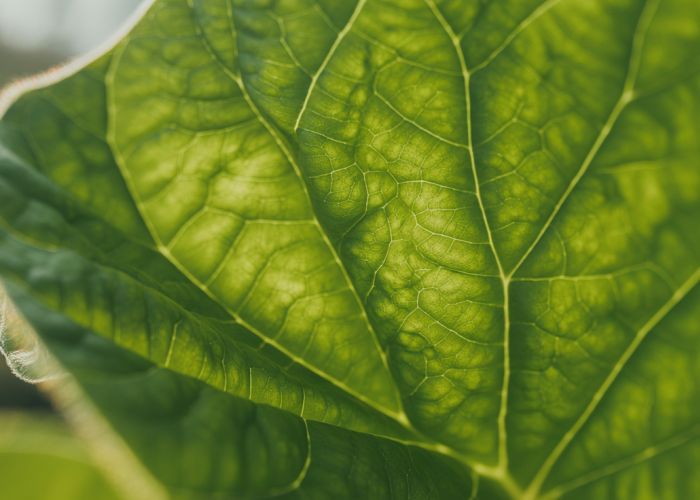Photosynthesis, the core process enabling plant make food, intricately relies on chlorophyll, a pigment located within chloroplasts. These chloroplasts, vital organelles within plant cells, use sunlight to convert water and carbon dioxide into glucose. Glucose, a simple sugar, then serves as the plant’s primary source of energy, fueling its growth and survival. Through this extraordinary process, plants sustain themselves and also play a crucial role in the environment by producing oxygen.

How Plants Make Food: A Step-by-Step Guide
This article will explore how plants create their own sustenance through a fascinating process. Understanding this fundamental process is crucial to appreciating the role plants play in our ecosystem.
Understanding Photosynthesis: The Core of Plant Food Production
Photosynthesis is the process plants use to convert light energy into chemical energy in the form of sugars (food). It’s the engine that allows plants to thrive, and it involves several key components.
The Basic Equation of Photosynthesis
The process can be summarized in a simple equation:
Carbon Dioxide + Water + Light Energy → Glucose + Oxygen
This means plants take in carbon dioxide from the air, water from the soil, and light from the sun. They then convert these into glucose (a type of sugar that serves as food) and oxygen, which is released back into the atmosphere.
The Key Ingredients for Photosynthesis
For photosynthesis to occur efficiently, plants need specific resources:
- Carbon Dioxide: Absorbed from the air through tiny pores on the leaves called stomata.
- Water: Absorbed from the soil through the roots and transported to the leaves.
- Sunlight: Captured by a green pigment called chlorophyll, located in the chloroplasts within plant cells.
The Role of Chlorophyll: Capturing Sunlight
Chlorophyll is the star player in photosynthesis. It’s the pigment that gives plants their green color, and it’s responsible for absorbing light energy.
How Chlorophyll Works
Chlorophyll molecules are specially designed to capture specific wavelengths of light from the sun, primarily in the red and blue regions of the spectrum. The captured light energy is then used to power the reactions of photosynthesis. Think of it as a solar panel on a roof, capturing the sun’s energy.
The Two Stages of Photosynthesis
Photosynthesis is not a single-step process. It occurs in two main stages:
-
Light-Dependent Reactions (The "Photo" Part): This stage happens in the thylakoid membranes inside the chloroplasts. Light energy is captured by chlorophyll, and water molecules are split, releasing oxygen. Energy in the form of ATP and NADPH is also produced.
-
Light-Independent Reactions (The "Synthesis" Part or Calvin Cycle): This stage takes place in the stroma, the fluid-filled space inside the chloroplasts. The ATP and NADPH generated in the light-dependent reactions are used to convert carbon dioxide into glucose. This is essentially "fixing" the carbon from carbon dioxide into a usable form of sugar.
Where Photosynthesis Happens: The Chloroplast
The entire process of photosynthesis takes place within specialized structures inside plant cells called chloroplasts.
Structure of a Chloroplast
| Structure | Function |
|---|---|
| Outer Membrane | Protective barrier |
| Inner Membrane | Encloses the stroma |
| Thylakoids | Membrane-bound compartments where light-dependent reactions occur |
| Grana (singular: Granum) | Stacks of thylakoids |
| Stroma | Fluid-filled space where light-independent reactions occur |
What Happens to the Food Made by Plants?
The glucose created during photosynthesis serves as the plant’s primary source of energy.
-
Energy Source: The glucose is broken down through cellular respiration to provide energy for growth, repair, and other life processes.
-
Storage: Glucose can also be converted into starch, a complex carbohydrate, for long-term storage. Starch is stored in various parts of the plant, such as roots (potatoes), stems (sugar cane), and leaves.
-
Building Blocks: Glucose is also used as a building block to create other essential molecules, such as cellulose (for cell walls) and proteins.
FAQs About Plants Making Food: Photosynthesis Explained
Got questions about how plants make food? Here are some common queries answered to help clarify the amazing process of photosynthesis.
What exactly does it mean when we say plants make food?
It means plants create their own source of energy (sugar) from sunlight, water, and carbon dioxide. This process, called photosynthesis, allows plants to make food for themselves.
What’s the most important ingredient for plant make food?
Sunlight is crucial. It provides the energy to power the chemical reactions necessary for photosynthesis. Without enough light, the plant can’t effectively make food.
How does a plant get the carbon dioxide it needs to make food?
Plants absorb carbon dioxide from the air through tiny pores called stomata, located mostly on their leaves. This carbon dioxide is then used in the photosynthesis process.
What happens to the oxygen produced when plant make food?
The oxygen created during photosynthesis is released into the atmosphere. It’s a byproduct of the process that benefits all oxygen-breathing organisms.
So there you have it! Understanding how plant make food is pretty amazing, right? Now you know the basics of how these green machines keep themselves going. Go spread the knowledge!